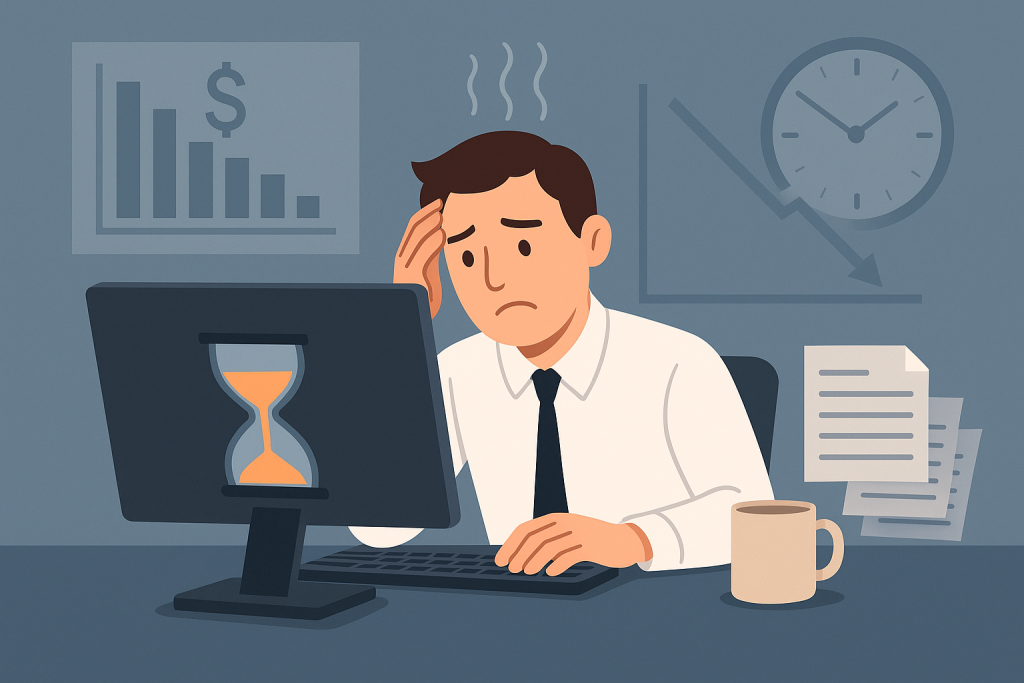Introduction
Every business leans on technology to keep things moving. But over time, systems get bogged down. Old hardware, too many useless files, settings that no one remembers changing — all of it piles up, and suddenly things just don’t run like they used to.

Most folks don’t notice the slowdown right away. It’s only when teams start falling behind or daily tasks drag on that the problem really shows.
The Ripple Effect of Delays
Even short delays add up quickly. Waiting a few seconds for an app to launch or for data to load might not seem significant, but after doing it hundreds of times each day, you end up losing hours every month. And it’s more than just the lost minutes—you lose your momentum.
Each interruption from your system breaks your concentration. People become distracted, errors increase, and creative thoughts fade away. It actually takes a few minutes to regain your focus after one of these breaks, so lots of small pauses can seriously eat into the hours you spend truly being productive.
Increased Frustration and Burnout
When computers slow down, people notice right away. It’s simple—they get frustrated. Day after day of waiting on sluggish systems makes employees feel like their time isn’t valued. That frustration keeps piling up.
Eventually, people start to disengage or burn out entirely. Managers see the results in lost productivity and, even worse, valuable team members leaving for places with faster tech. Fixing a few slow PCs costs far less than that.
Hidden Impact on Collaboration
Slow systems don’t just disrupt individual tasks. They get in the way of teamwork, too. Maybe shared files open slowly, or video calls freeze up. Crucial tools—like CRM platforms or cloud dashboards—become painfully slow.
When this happens, decision-making slows down. Projects get delayed. The whole team ends up feeling stuck.
How to Restore Smooth Workflows
You don’t have to accept these problems. Regular maintenance—like cleaning out junk files, disabling unnecessary startup programs, and correcting settings—keeps systems running smoothly.
Tools like Outbyte PC Repair make the process easy. With just a few clicks, you can clear out clutter, resolve stability problems, and get computers performing like new.
Outdated or missing drivers can also slow down performance and cause device errors. Keeping them updated ensures smoother communication between hardware and software.
You can check our helpful guides for updating and fixing drivers like:
Realtek PCIe GbE Family Controller driver
When technology works, people can focus on their jobs instead of fighting their computers.
Summary
A slow computer isn’t just a minor problem—it chips away at productivity and morale throughout the organization. Keeping devices in good shape isn’t only about speed.
It’s about having happier employees and a business that gets results.
Check out more articles on resolving everyday PC problems:
How to Fix HyperX Cloud 2 Microphone Problems
Computer Turns On by Itself After Shutdown: What to Do?




